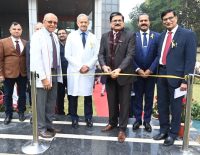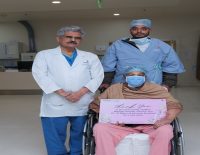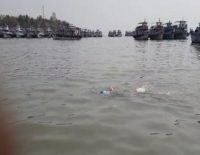Two-third of world population lack access to medical oxygen: Report

In a study, the Lancet commission has revealed that around five billion people or nearly two-third of the world’s population lack access to medical oxygen. The highest inequities were found in low- and middle-income countries.
The report by the Lancet Global Health Commission is the world’s first estimate of how unequally medical oxygen is distributed, gaps in coverage of patients in need, along with costs required to bridge these gaps.
Medical oxygen is essential in a healthcare system for treating patients, including those of surgery, asthma, trauma and maternal and child care.
The researchers said that 82 per cent of patients worldwide requiring medical oxygen live in low- and middle-income countries (LMICs), and nearly 70 per cent concentrated in south and east Asia, the Pacific and sub-Saharan Africa.
It is also critical to a country’s pandemic preparedness by helping prevent a repeat of the COVID-19 oxygen shortages and the mass fatalities that resulted, said an international team of researchers, including those from the University of Melbourne, Australia.
The patients include those with acute medical and surgical conditions, and long-term oxygen needs due to chronic obstructive pulmonary disease (COPD).
However, less than one in three people needing oxygen for medical or surgical conditions receive the life-saving gas due to gaps in service contact, readiness, provision and quality, leaving almost 70 per cent of the patients without coverage.







